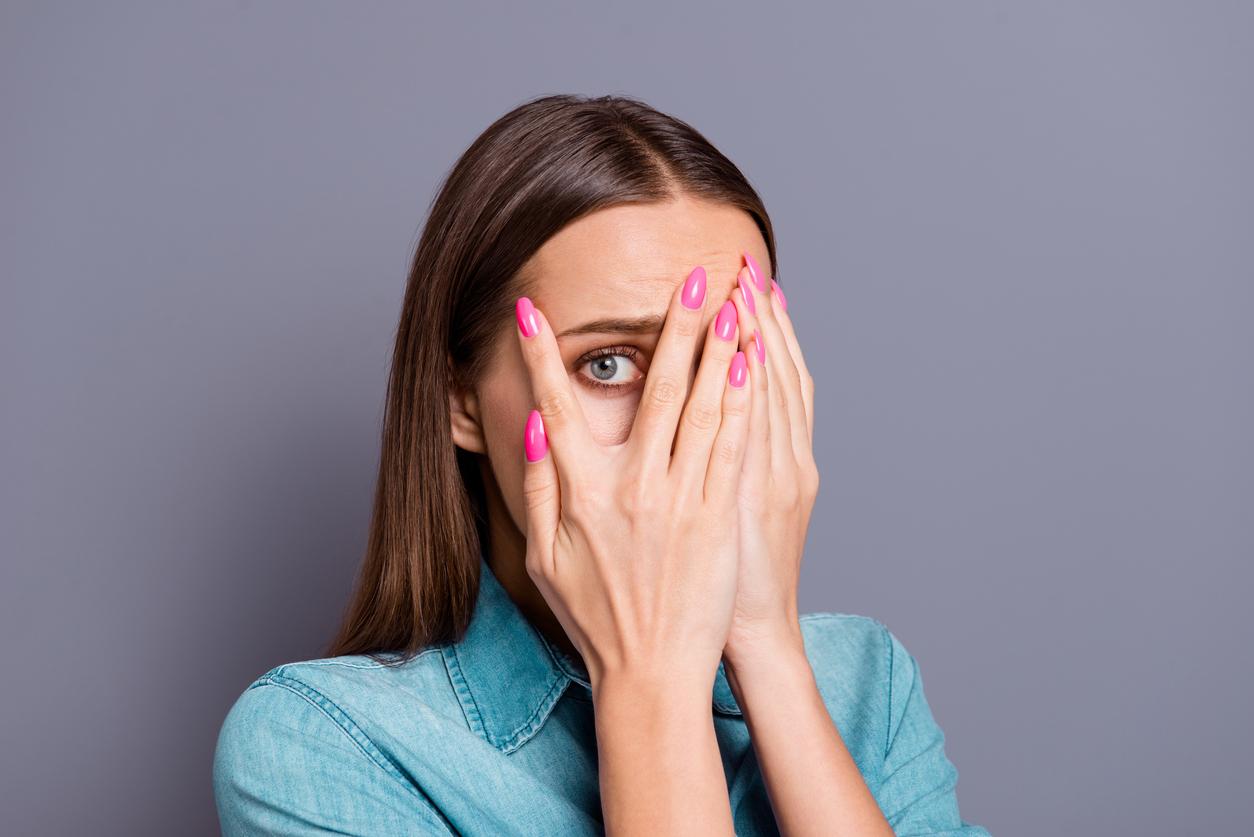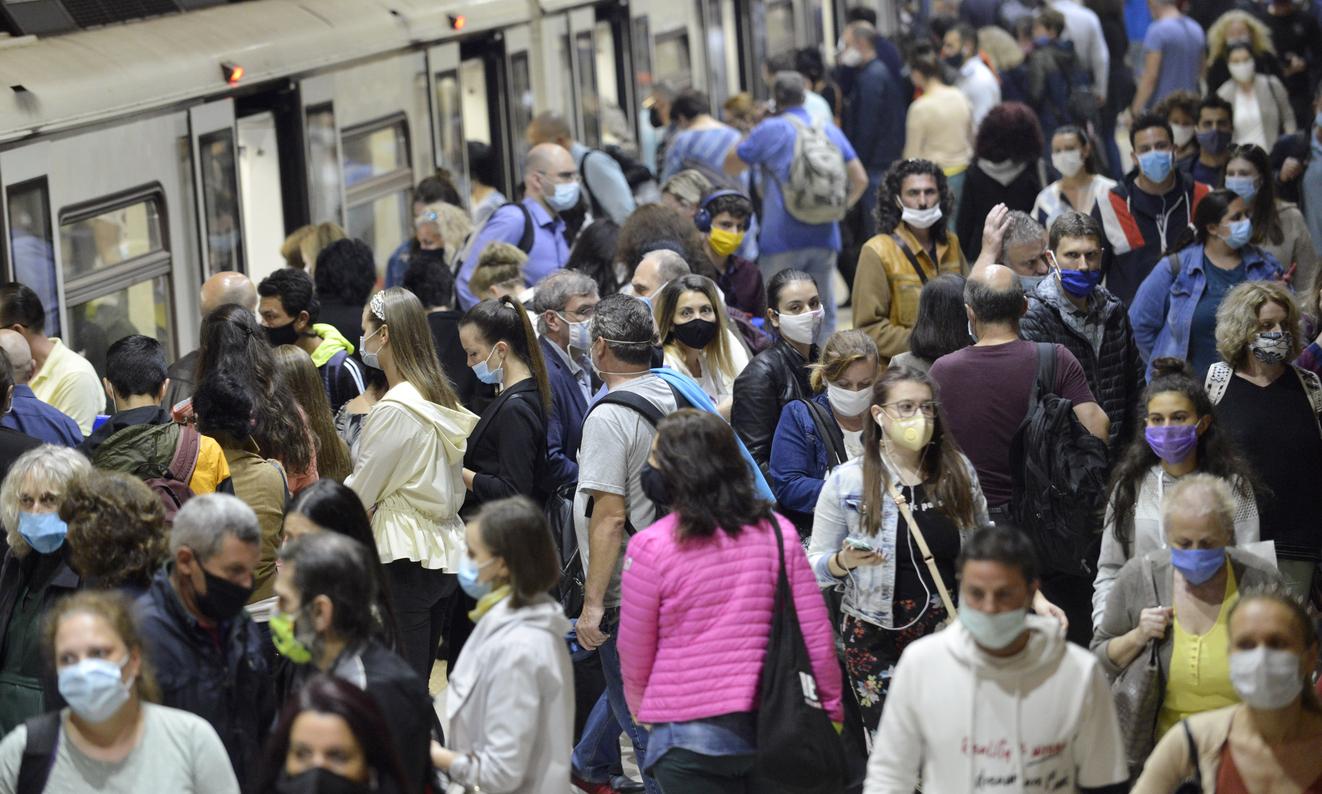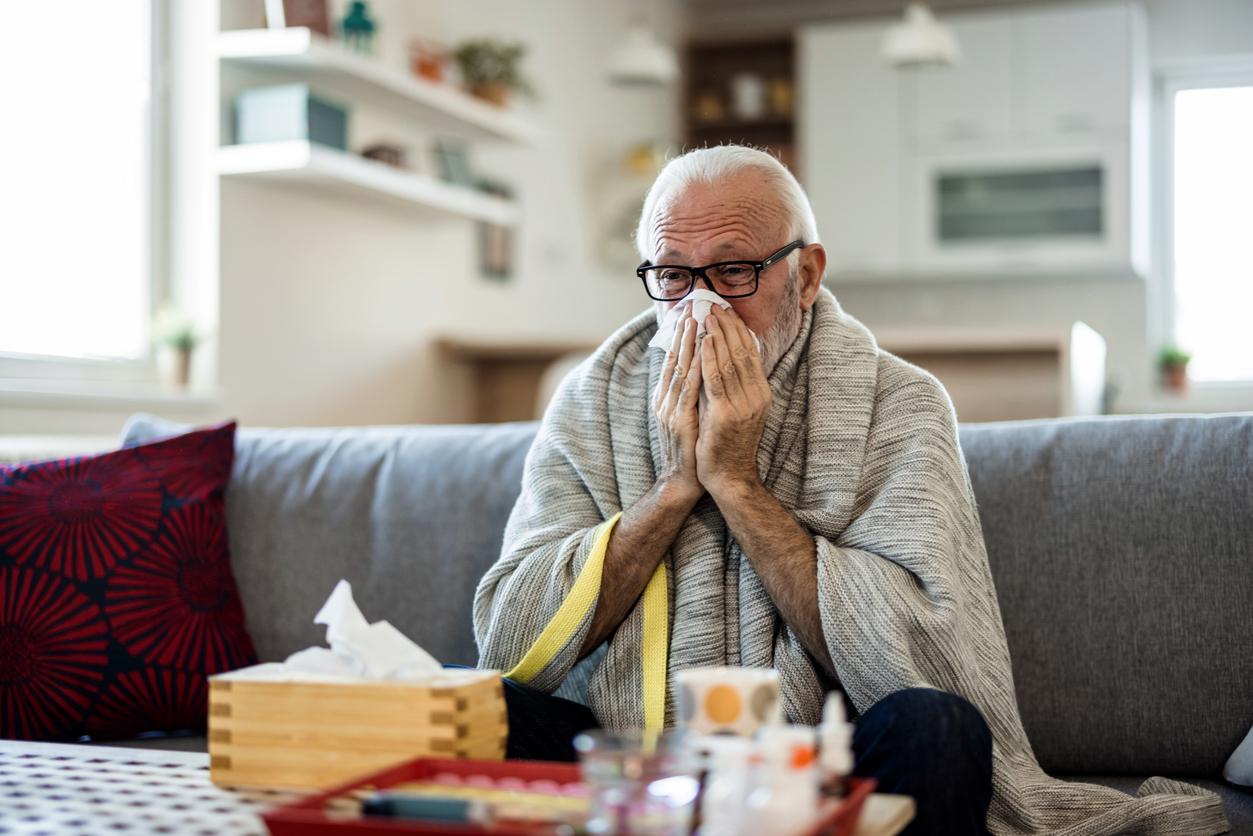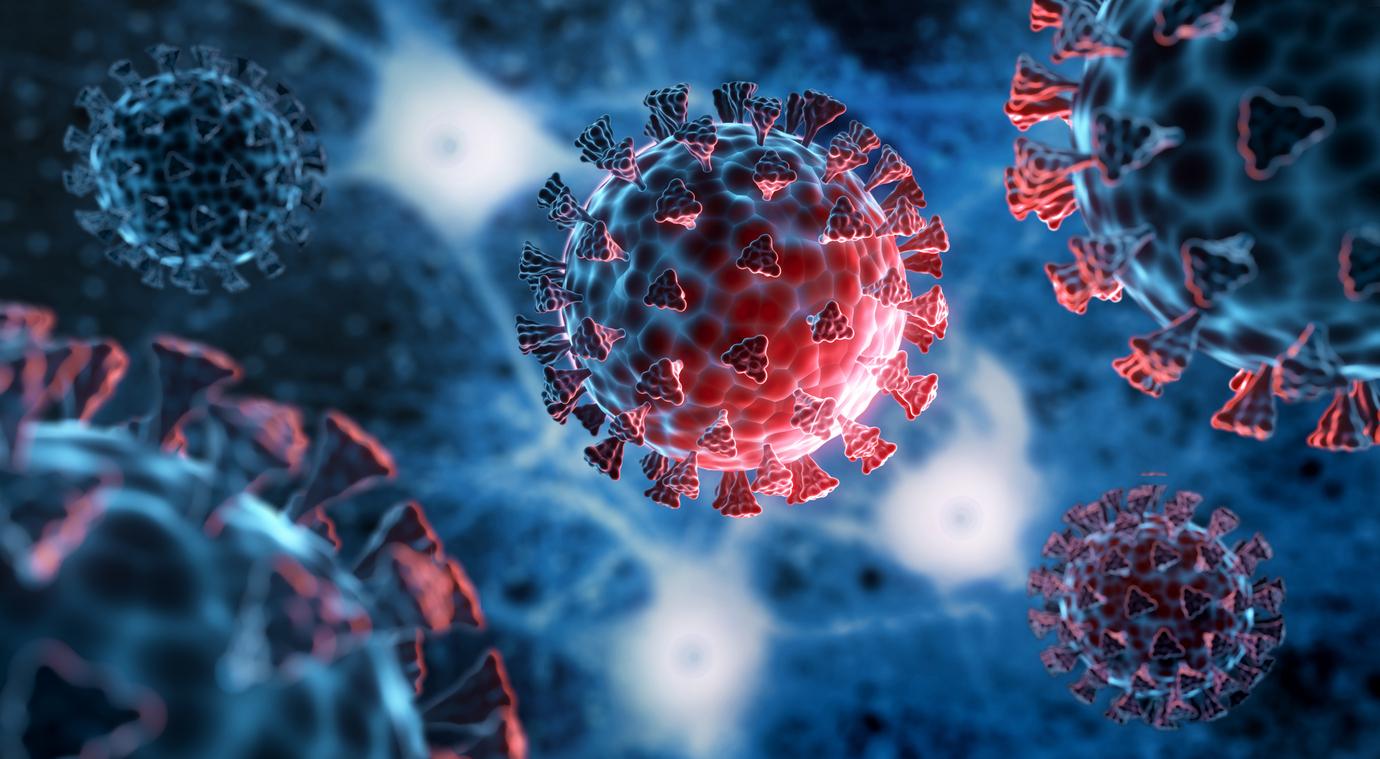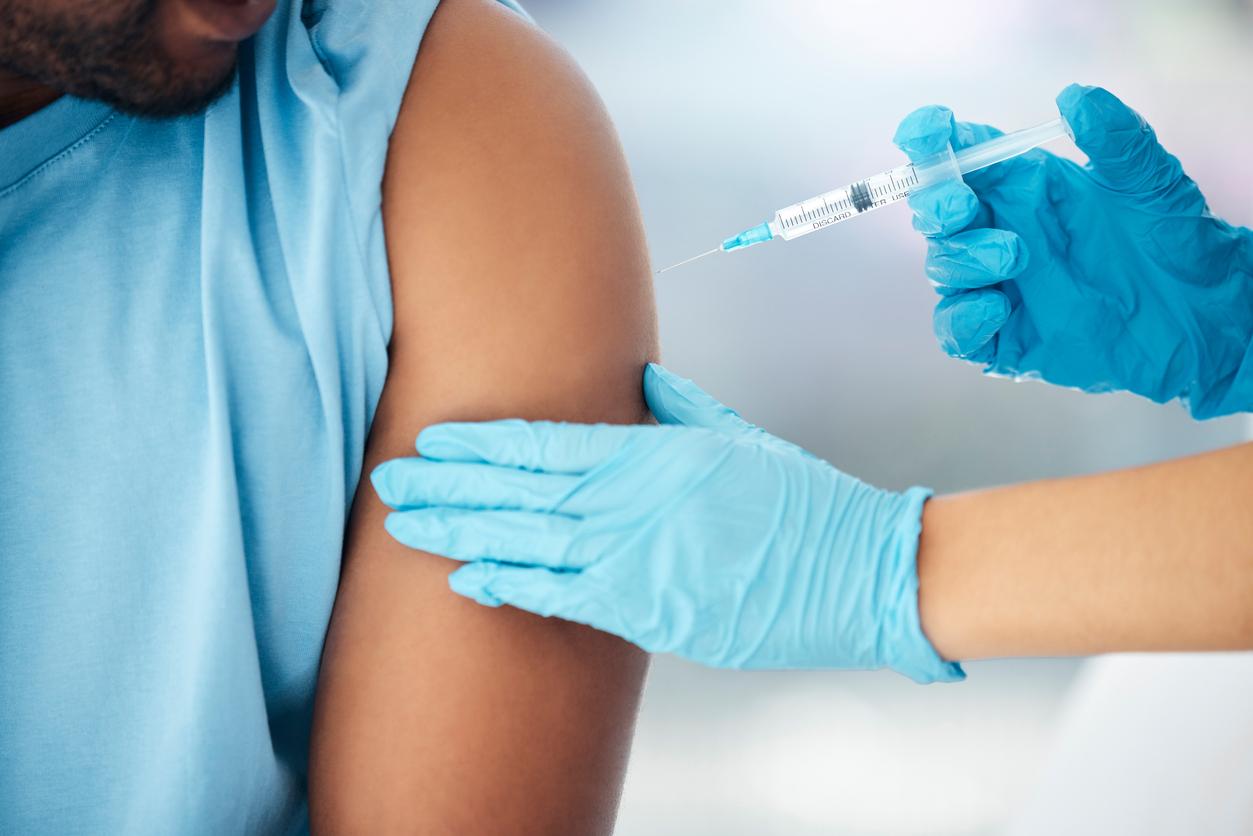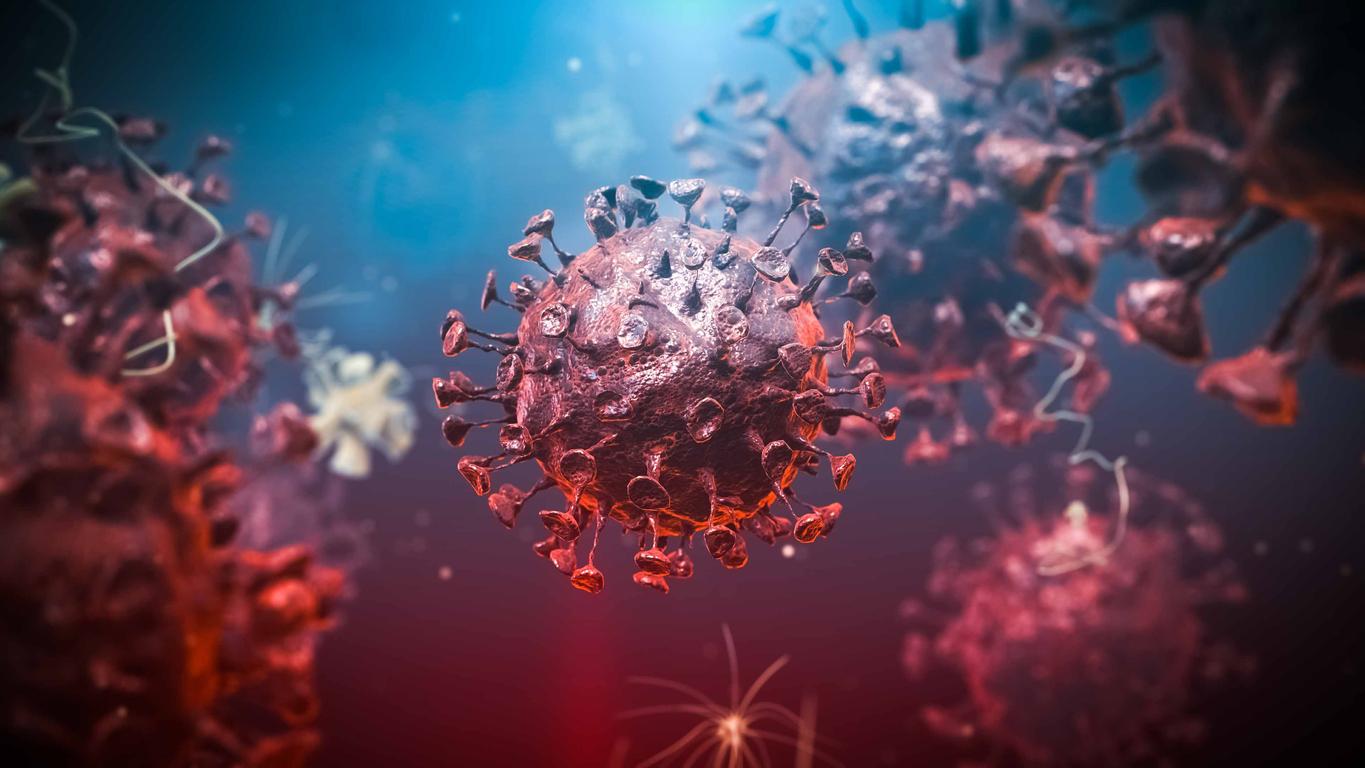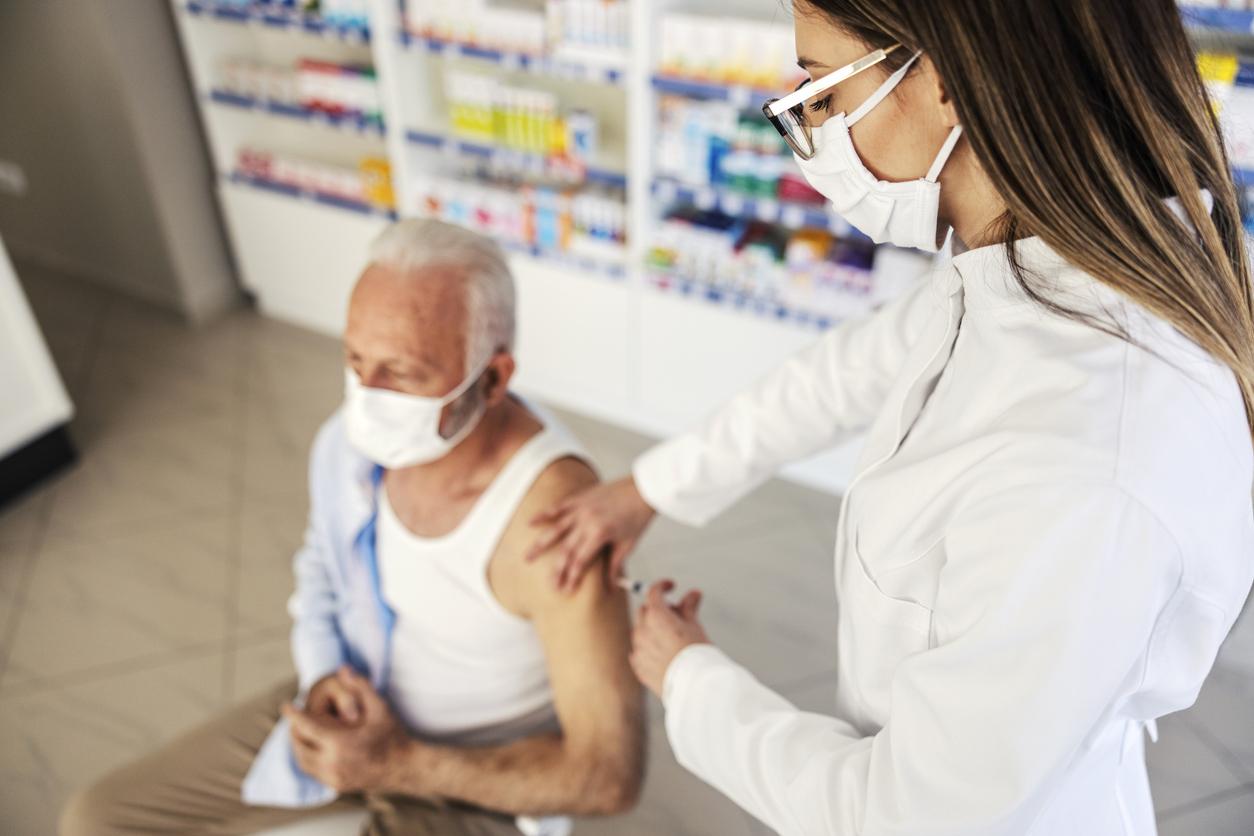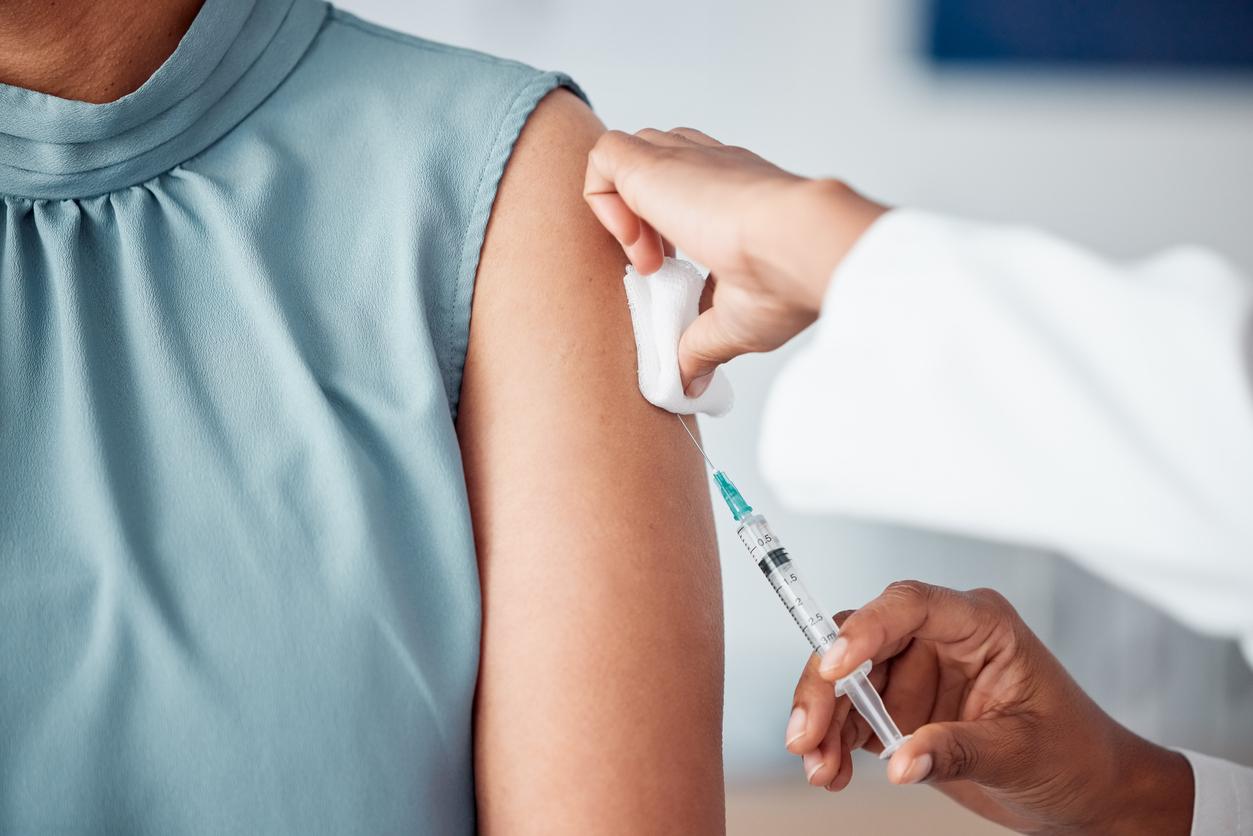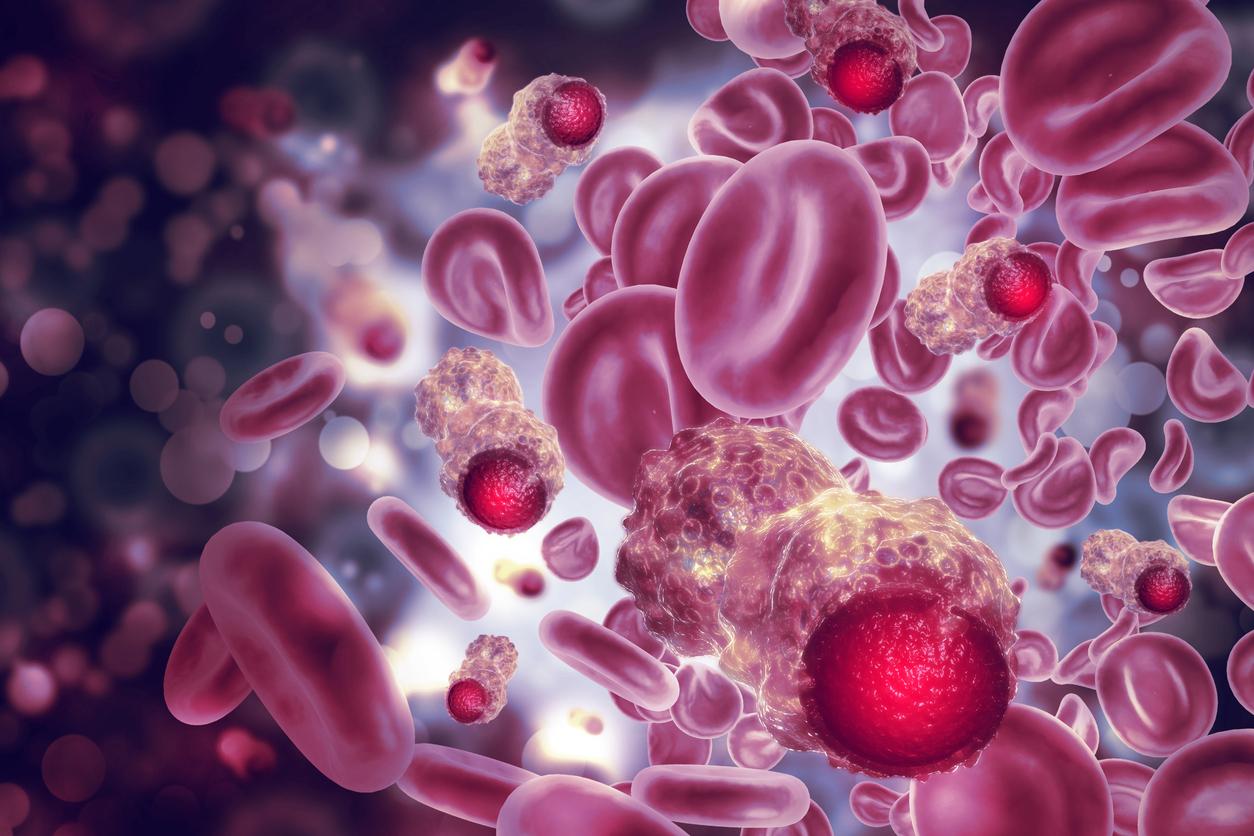School, travel, contact cases… With the explosion of Covid-19 cases, tests are multiplying and putting our noses to the test. To the point that the National Academy of Medicine warns against nasopharyngeal swabs.
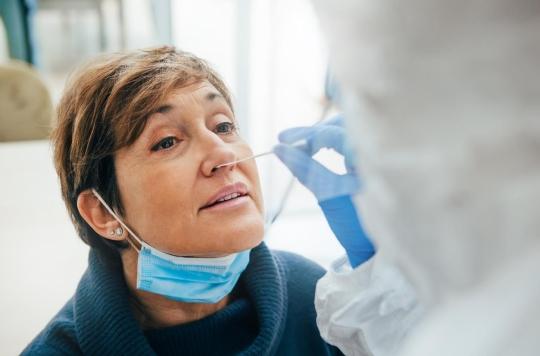
- Nasopharyngeal sampling followed by detection of the viral genome by RT-PCR has become the reference method for the diagnosis of SARS-CoV-2 infection.
- Nasal swab is also necessary for performing an antigen test.
Tests, tests and more tests. With the Omicron wave and the explosion of Covid-19 cases, no less than 1.6 million PCR or antigenic nasopharyngeal samples were taken last week.
A risk of meningitis
“Faced with the multiplication and repetition of samples, sometimes carried out in unsuitable conditions, it is important to recall the precautions to be observed and the risks incurred”, explains the Academy of Medicine in a press release. While some complications can be considered benign (inconvenience, pain or bleeding), serious consequences have begun to be described in the medical literature for several months, in particular breaches of the anterior level of the base of the skull associated with a risk of meningitis. .
Best practices to follow
In order not to neglect the risk of injury induced by the trivialization of nasopharyngeal samples, the scientists point out the good practices to follow:
– inquire, before any sampling, of any accidental or surgical history of the ENT sphere that could modify the anatomy of the nasal and sinus cavities, in particular interventions concerning the septum, the inferior turbinate and the sinuses of the face;
– do not place the patient’s head in hyperextension during sampling, but keep it in a natural position, the chin parallel to the ground;
– introduce the swab horizontally along the floor of the nasal cavity and never deviate it upwards, towards the base of the skull.
From saliva samples for children
Doctors also recommend reserving the practice of nasopharyngeal swabs for healthcare professionals trained to perform this procedure under rigorous technical conditions; to warn users of self-tests, self-sampling can lead to false negatives when the swab is too timid and superficial, but can also become dangerous when the swab is too deep and directed in the wrong direction direction ; and finally to favor saliva samples in children for their safety and acceptability.
What can finally allow parents and their offspring to better experience the multiplication of tests due to the health protocol in schools?
.







